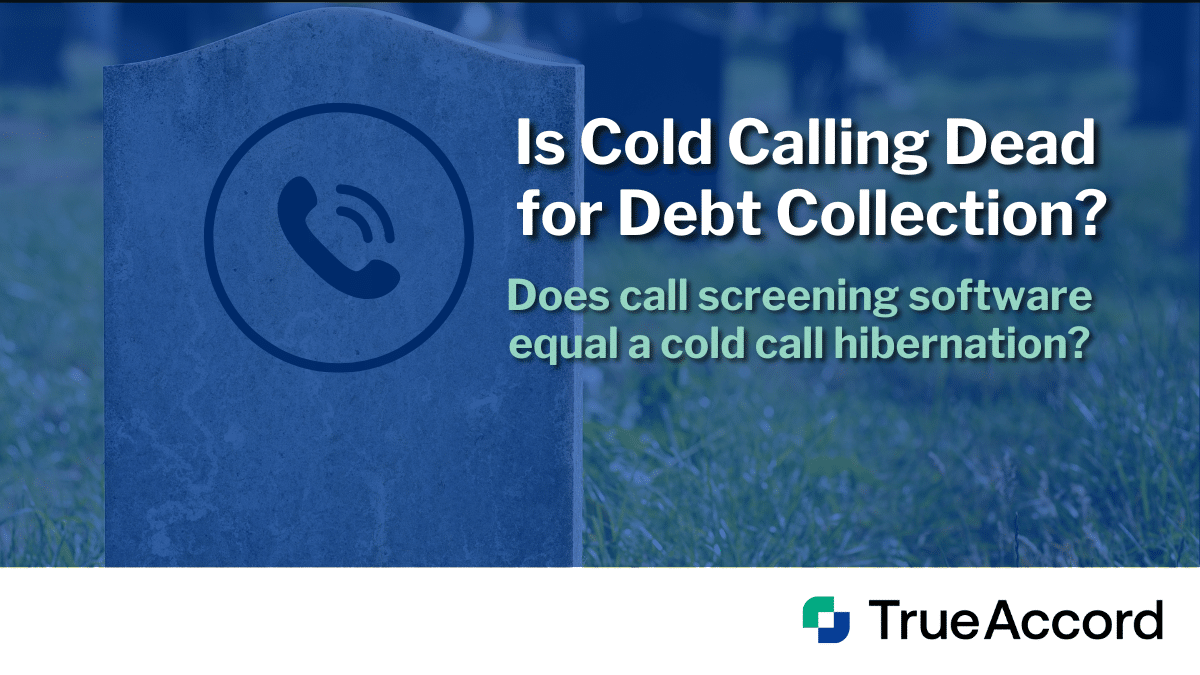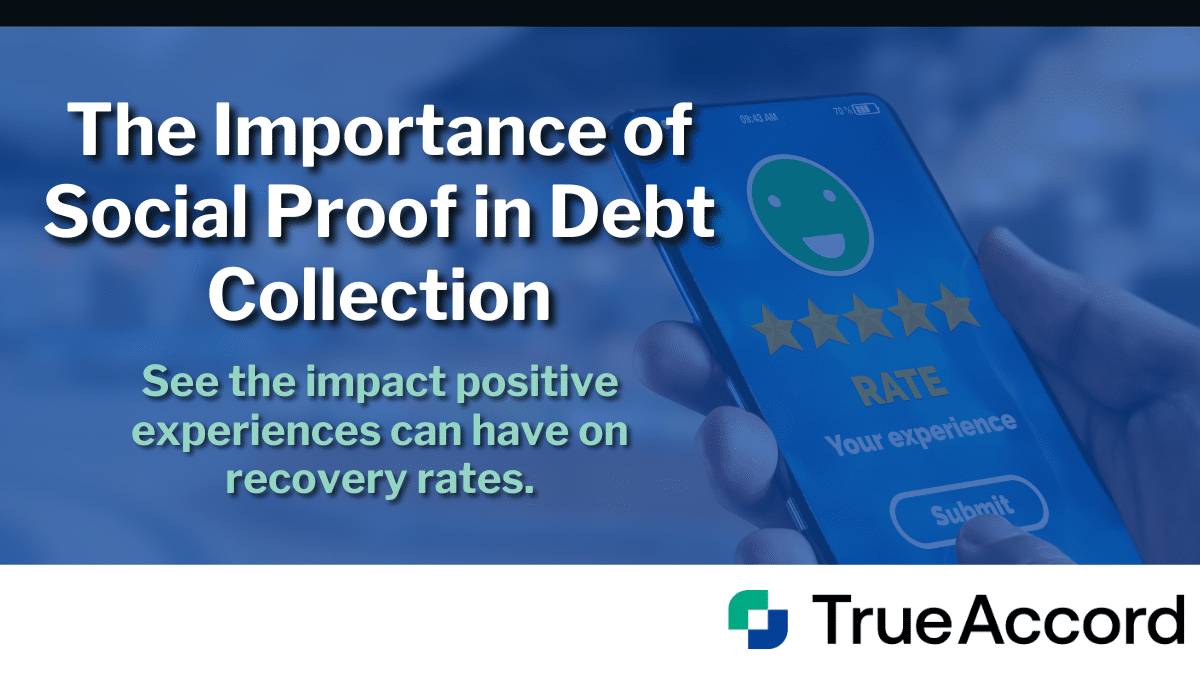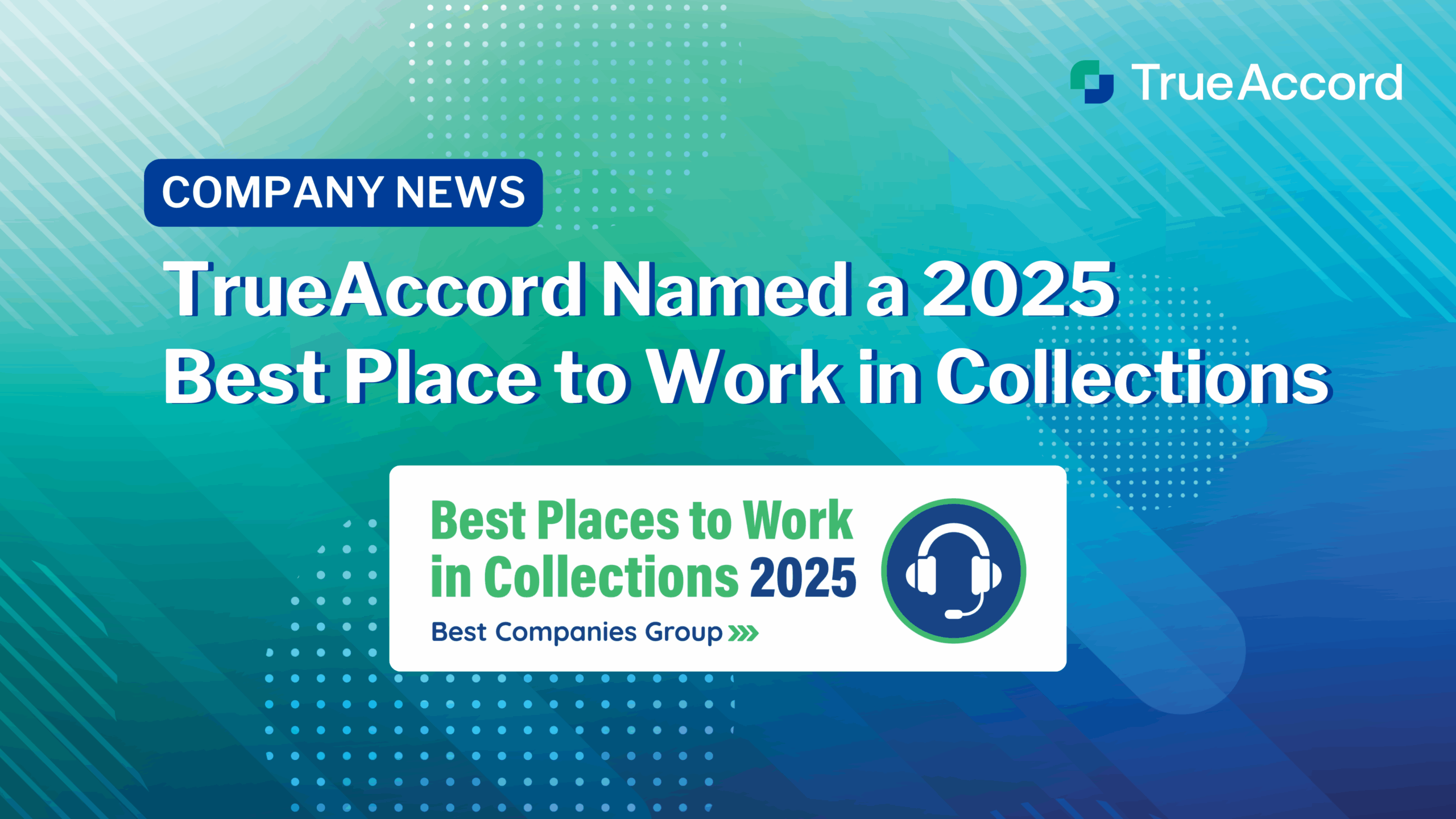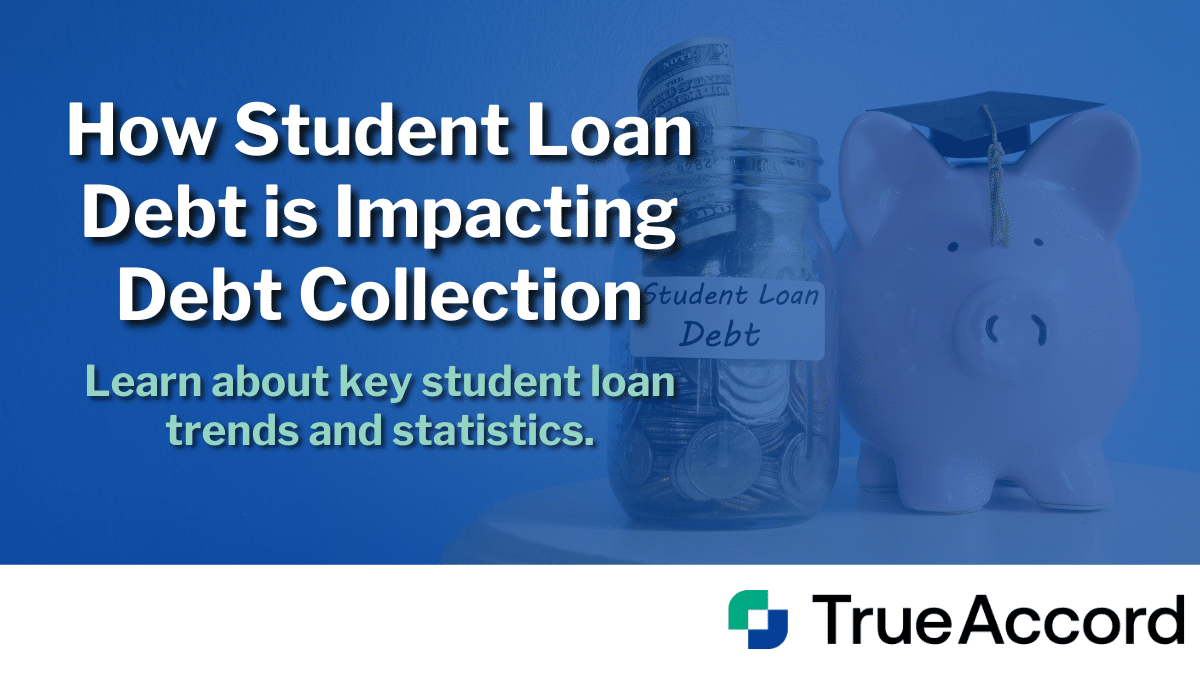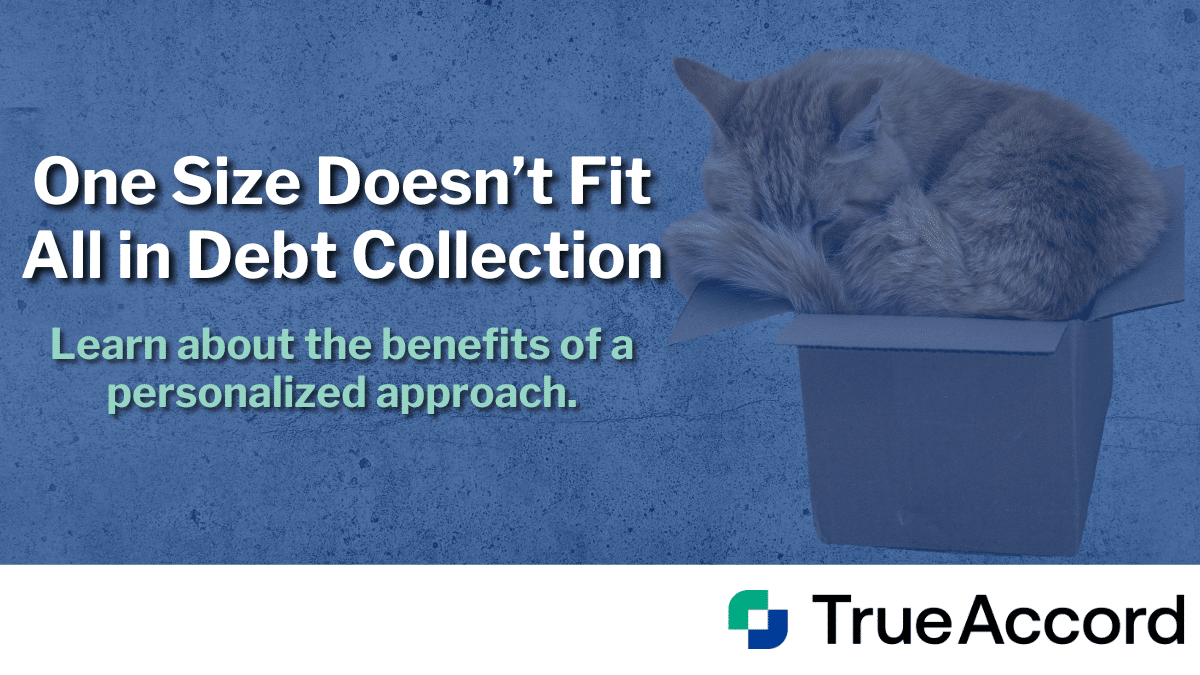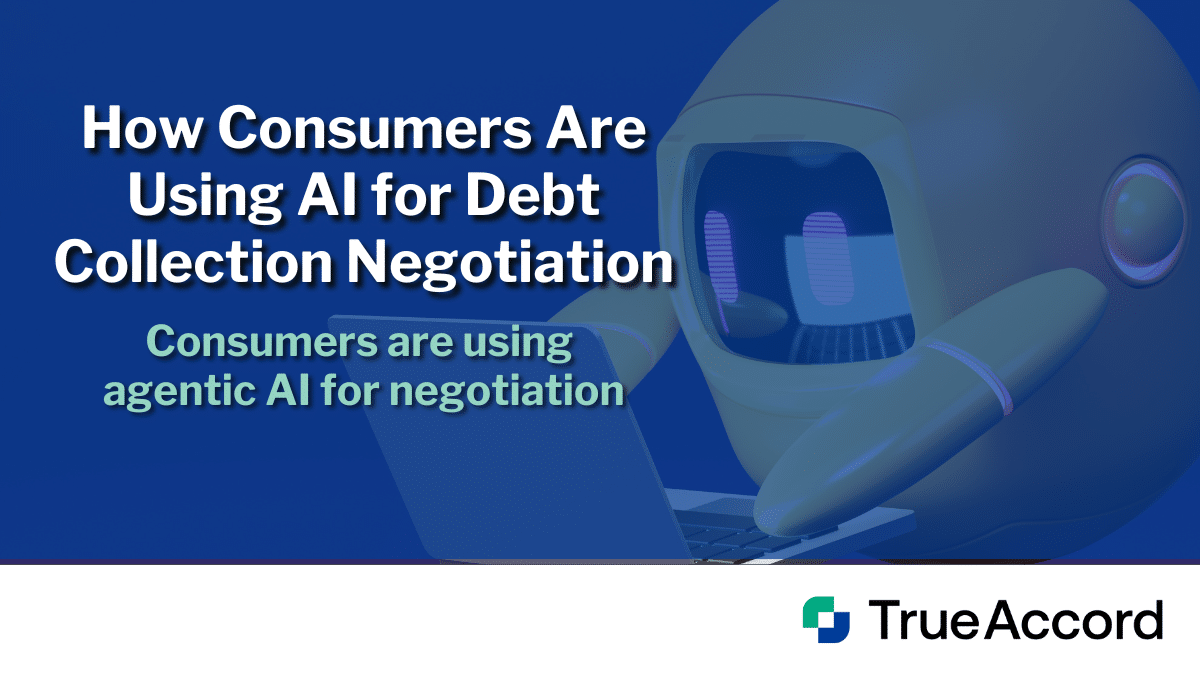
You might have heard of Rocket Money before. It’s a subscription finance app for consumers that helps with budgeting and tracking spending. One of its core features is negotiating with companies on a user’s behalf to lower the monthly bills of streaming platforms, cell service and more. In many cases, this process uses agentic AI for the negotiation process – a tactic that consumers could adopt for themselves.
Consumers are already using AI to help make financial decisions. LLM tools like ChatGPT will create a budget, and AI can be used to call stores to check stock and even make purchases. And with GenAI tools being widely available and incorporated into day-to-day tasks, consumers are even using AI to draft emails, scripts and texts to use in debt collection negotiation.
The industry will see more consumers using the technology more heavily on their end as well. In this blog we’re going to explore the emerging frontier of consumers using AI for debt settlement.
Consumers Could Use Agentic AI to Call Debt Collectors in the Near Future
As AI becomes more widely accepted and used, consumers will likely start using AI agents to interact with debt collectors to try and resolve a debt. If consumers start using agentic AI to negotiate debts, there’s logistical and legal challenges that will arise.
For example, if the AI agent does not identify itself as an AI (which is NOT considered to be current best practice for businesses), questions will arise around who the collector is speaking to and what authority they have.
Even if these AI agents have identifying information for the consumer, such as SSN, phone number and DOB, debt collectors will need to find ways to ensure that the AI is actually acting for the consumer and that it is not a bad actor.
If a debt collector gets a call like this, it may be a scam. Industry experts say that if AI agents for consumers are regularly used, there has to be a dedicated verification step. This could mean the consumer getting on the phone to confirm their identity, or implementing some type of two-step verification system. Currently, the idea of an AI agent claiming to represent a consumer raises too many core issues for collectors.
How Should Debt Collectors Treat Consumer AI Agents?
There’s a debate currently going on within the industry on how consumer AI agents should be treated if the trend develops. One view is that the AI should be seen as an extension of the consumer, just like a business’s use of AI is considered an extension of the business. Another is that the AI agent could be considered a third party, meaning the debt collector might not be allowed to share details of the debt.
As the use of consumer AI agents grows, debt collectors will need to work out internal processes for how to manage these calls. Eric Nevels, Sr. Director of Operations Support at TrueAccord, says that until a legal precedent is set, businesses will need to create policies on whether to treat undeclared AI agents as the consumer or as a third party.
The Most Popular Consumer AI Debt Collection Negotiation Tactics Used Today
AI agents are still a ways out from mass adoption by consumers. Most consumers using AI to help with debt collection negotiations do so by asking LLMs like ChatGPT, Claude and Gemini for guidance on financial matters or to generate scripts to use when calling collectors to negotiate a debt. Many people don’t feel comfortable negotiating, and LLMs give consumers confidence by arming them with information and making them feel like they have an expert on their side.
The same approach is being used with collection emails and texts as well. Consumers can easily plug in digital debt collection messages into AI platforms to help decide the best way to respond. This makes the messaging of a debt collector’s emails and texts more important. For example, an email that uses aggressive language is more likely to cause an LLM to advise a consumer to dispute a debt. On the other hand, an empathetic message offering options could prompt AI platforms to encourage the consumer to work with that collector.
Businesses need to be aware that consumers now have the ability to analyze large amounts of their own financial data to help inform what payments should be made to collectors. LLMs have already reached mass adoption by consumers and are much easier to use than a more complex agentic AI. Consumers can now plug in all their debts into AI platforms to get a recommendation on what to pay down first. It’s one of the reasons why businesses need to gain a deeper understanding of AI use in debt collection.
Ready to Boost Your Collection Efforts with Industry Leading AI?
With more consumers using AI for debt settlement and negotiation, your business needs to provide a digital-friendly experience. TrueAccord uses Heartbeat, a patented machine learning engine that uses dynamic feedback combined with millions of customer interactions to figure out the best way to engage each consumer for better payment results.
It’s a personalized, self-service experience that honors consumer preferences while driving more engagement. Contact us today to learn more about how TrueAccord uses AI to collect more from happier consumers.


